History of iPhone 3GS: Faster and more powerful
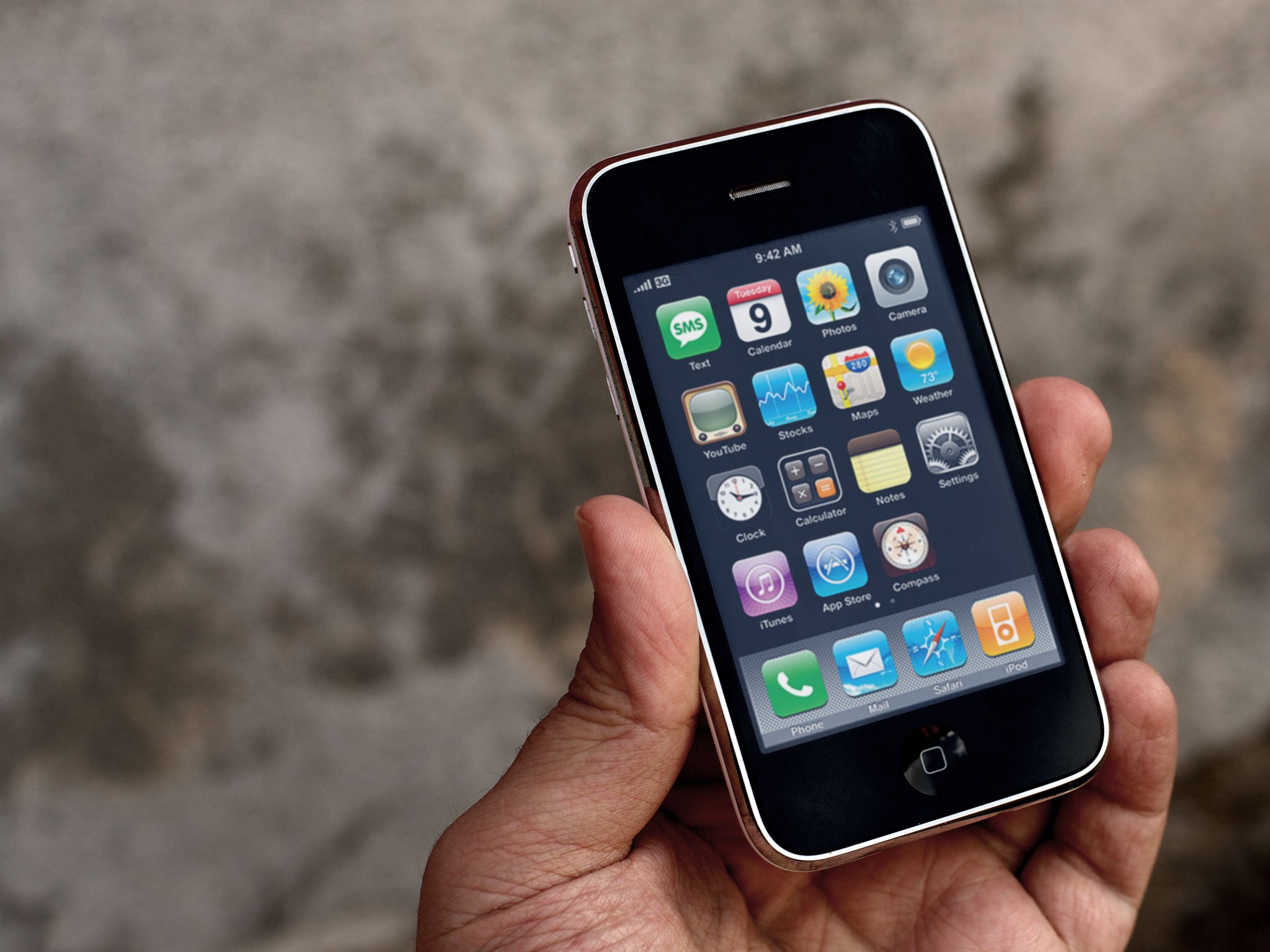
Steve Jobs didn't give the WWDC keynote on June 8, 2009. He was away on medical leave. So, a team of Apple executives soldiered on without him. That included Senior Vice President of Worldwide Marketing, Phil Schiller, who's task was to fill the biggest New Balances in the business for what was becoming Apple's biggest business. Schiller started off quoting Time Magazine's praise for "the phone that has changed phones forever." He'd go on to make that phone more affordable that ever, while also introducing its successor. It boasted twice the speed, both for processing and data networking. It was the iPhone 3GS.
iPhone 3GS is the fastest, most powerful iPhone yet and we think people will love the incredible new features including autofocus camera, video recording and the freedom of voice control. And with a breakthrough price of $99, we are thrilled to get iPhone 3G into the hands of even more users who want them.
Schiller recounted how the iPhone had captured 65% of mobile browsing, and how the App Store had grown to feature 50,000 apps. Then he launched into the "same great design, all new insides" segment that would be the theme for the iPhone 3GS (and for subsequent S-class iPhones to come). From Apple:
The new iPhone OS 3.0 is a major software release packed with incredible new features and innovations for iPhone customers and developers alike. It will keep us years ahead of the competition.
S is for Speed
The iPhone 3GS, codenamed N88 and device number iPhone 2,1, was the third iPhone but the second "generation". That might sound strange, but the device numbering is based on the processor, not the year. Cosmetically, the iPhone 3GS sported an almost identical design to the previous year's iPhone 3G. Only the word "iPhone" on the back changed—it became shinier.
The 3.5-inch screen was the same 320x480 and 163ppi as the last two iPhones, but Apple added an oleophobic coating to help it better resist finger prints and other oils. The cellular radio was updated again, this time to a twice-as-fast UMTS/HPSA 7.2 mbps. Wi-Fi stayed the same at 802.11 b/g, as did aGPS, but Bluetooth got a bump to 2.1 + EDR.
The chipset, however, was a twice-as-fast ARM Cortex-A8-based, Samsung manufactured S5PC100 CPU and a PowerVR SGX535 GPU that included support for OpenGL ES 2.0. RAM was doubled to 256MB and storage got an increase, with the addition of a 32GB model. Battery capacity jumped to 1219mAh, and that significantly increased battery life.
Apple also added a magnometer (digital compass), which brought directional and rotation data to the mix. Combined with the existing accelerometer, it was a huge boom for precision and accuracy, especially for gaming. Nike+ was also integrated, as was hardware encryption for added security.
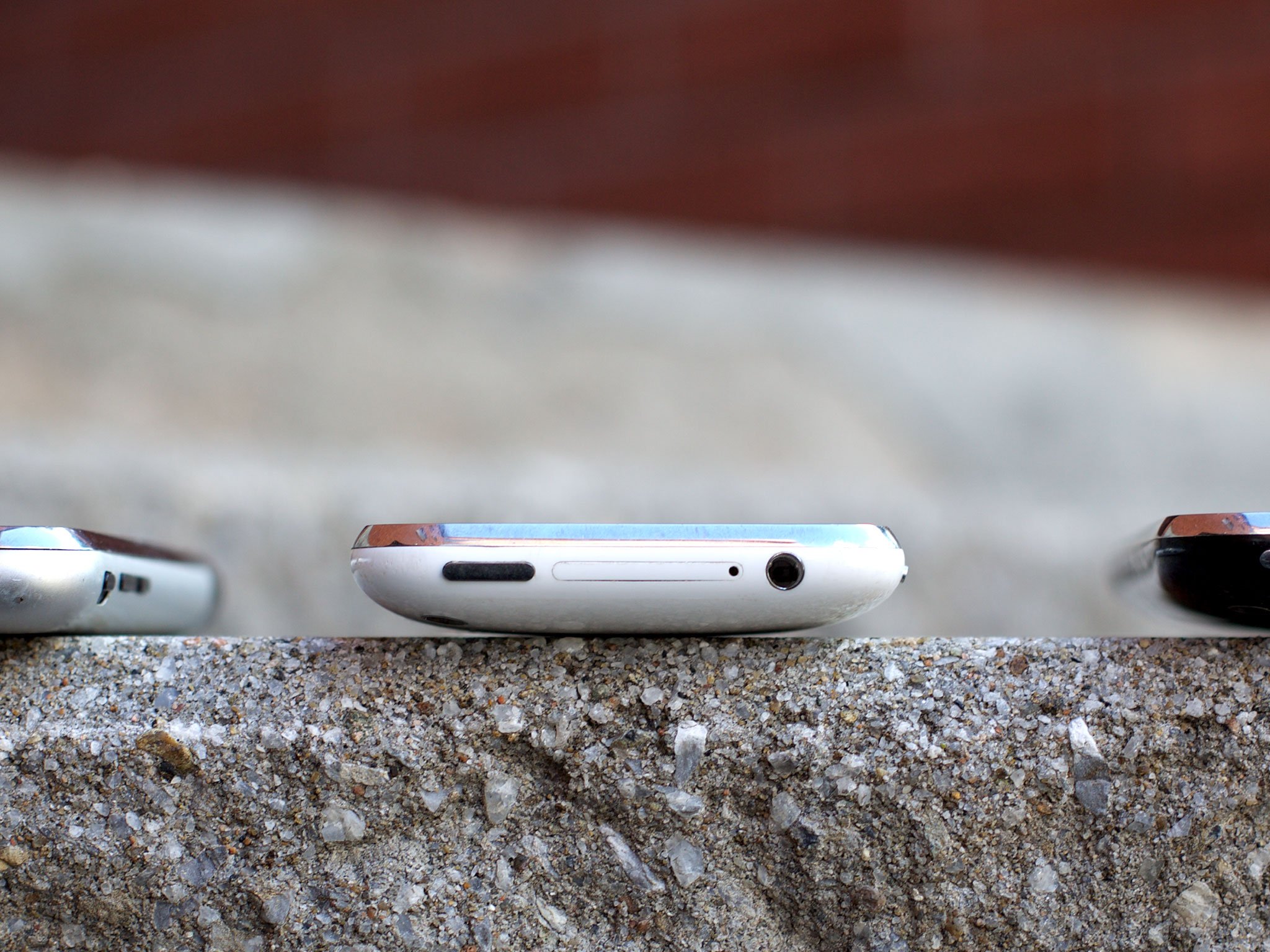
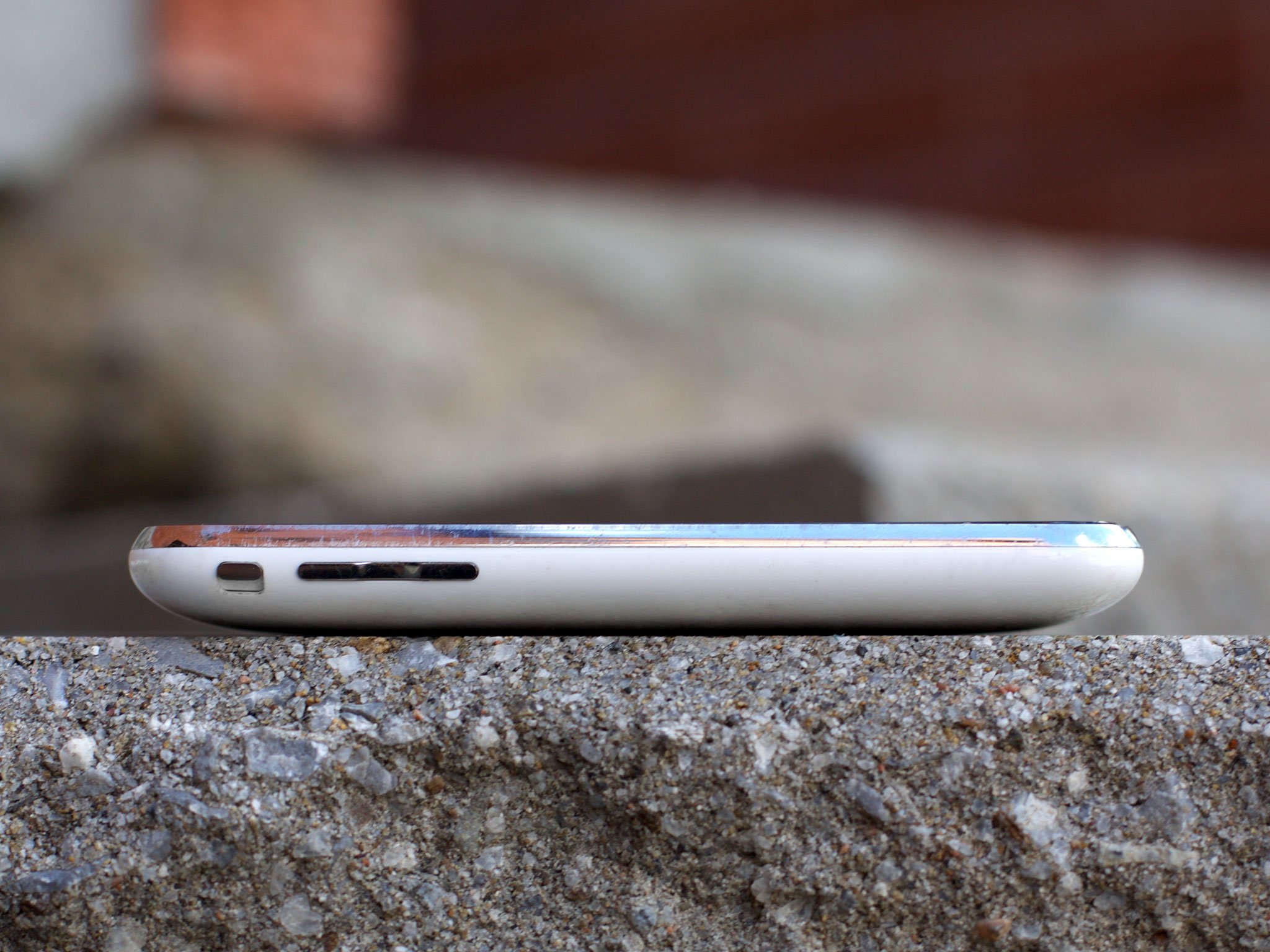
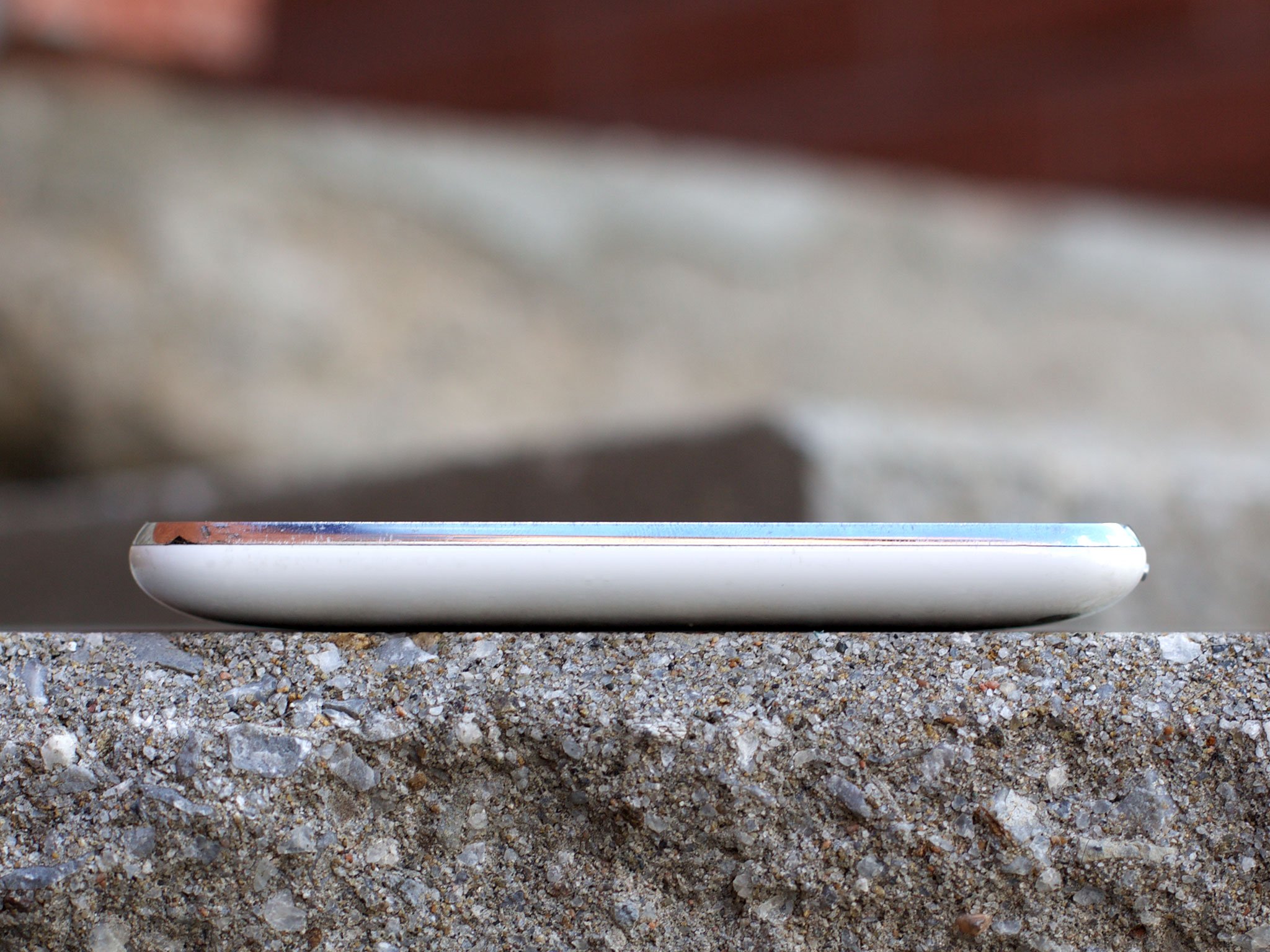
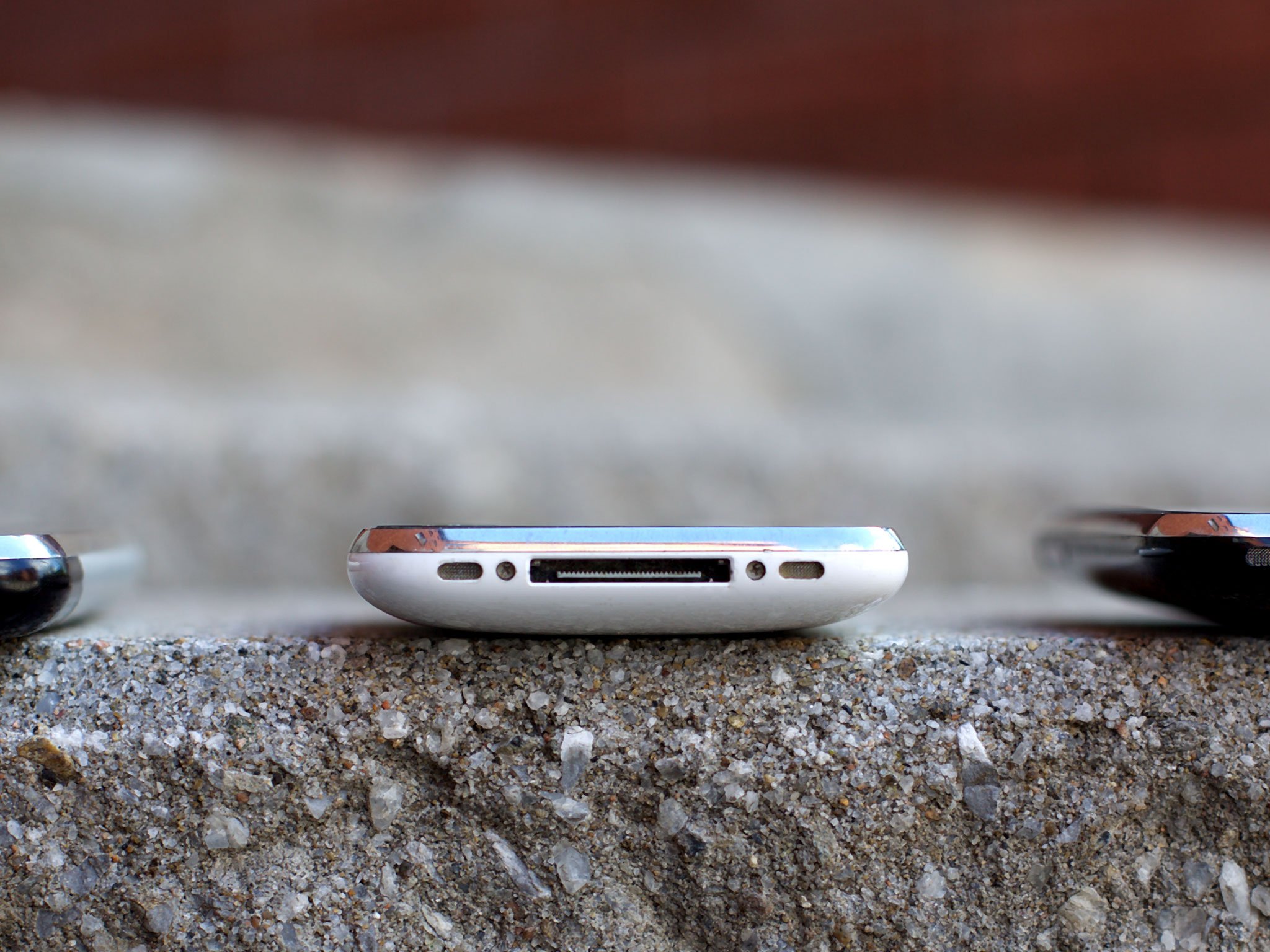
The camera had become so popular on sites like Flickr that Apple finally started to pay attention to optics as well. It went to a slightly-less-terrible 3 megapixels with auto-focus, auto white balance, auto exposure, and macro. Thanks to the better processing power, it could also record video at 30fps... if only at 480p (VGA) resolution.
iMore offers spot-on advice and guidance from our team of experts, with decades of Apple device experience to lean on. Learn more with iMore!
The iPhone 3GS also added voice control, a very early, rudimentary precursor to Siri. Activated by a long press of the Home button, it could handle calls and music playback, among select other things. Likewise, Accessibility gained a VoiceOver option.
For the third year in the row, there was still no CDMA and EVDO Rev A model, so still no iPhone for Verizon or Sprint in the U.S., but the iPhone was still exclusive to AT&T in the U.S., so it still didn't matter.
Like the casing, the price stayed the same, though you were getting a much faster phone with double the storage for the same $199/$299 on contract.
Scratching the surface
The iPhone 3GS launched on June 19 in the U.S., Canada, Australia, and several European markets. It reached 80 countries by the end of the year.
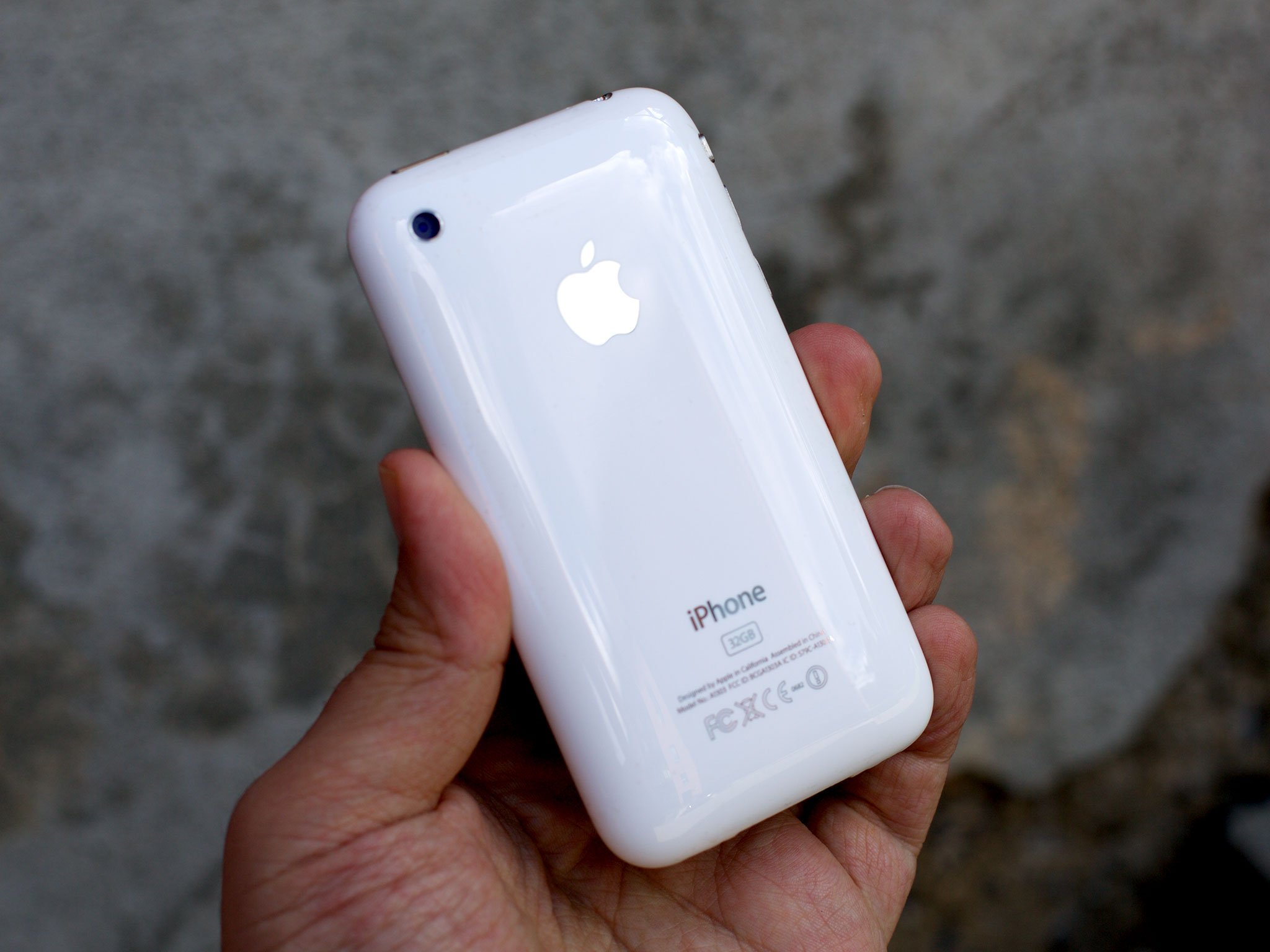
Steve Jobs shared the news that, once again, over a million were sold the first weekend. Apple:
Customers are voting and the iPhone is winning. With over 50,000 applications available from Apple's revolutionary App Store, iPhone momentum is stronger than ever.
Apple didn't mean for the iPhone 3GS to be a compelling upgrade for iPhone 3G owners. They were, more sensibly, targeting original iPhone owners whose 2-year contracts were up, and the much larger pool of people who didn't yet own an iPhone. Not all reviewers got that, of course. Some judged the phone by its casing. (Something that would haunt Apple again and again.) Still, reviews were mainly positive.
David Pogue, writing for the New York Times:
All of these changes make it much harder to resist the iPhone on intellectual, feature-counting grounds. The new iPhone doesn't just catch up to its rivals — it vaults a year ahead of them.At this point, the usual 10 rational objections to the iPhone have been whittled down to about three: no physical keyboard, no way to swap the battery yourself and no way to avoid using AT&T as your carrier.In short, the substantially improved, still elegant iPhone 3G S makes it dangerously easy for your heart and your head to agree.
Anand Lai Shimpi, writing for AnandTech
Honestly, if you have the original iPhone then this is absolutely the one you'll want to upgrade to - you'll feel like you've been swept off of your feet one more time (assuming you did like your iPhone). Upgrading from the 3G is also a good idea in my opinion, just because of the tremendous increase in performance.
Yours truly, writing for iMore:
Apple had me at speed. The minute I saw the performance potential of the new hardware, I had to have it. Video is nice and I'll likely use it a lot, but just cutting that much overhead off my day to day usage is priceless.
With the iPhone 3GS, the hardware finally caught up to the software.
Palm tried, Droid did
2009 also saw the introduction of the most novel smartphone since the iPhone — the Palm Pre. Run by former Apple SVP Jon Rubenstein, the Pre made the choices Apple hadn't. It used WebKit for its interface layer and provided a physical keyboard.
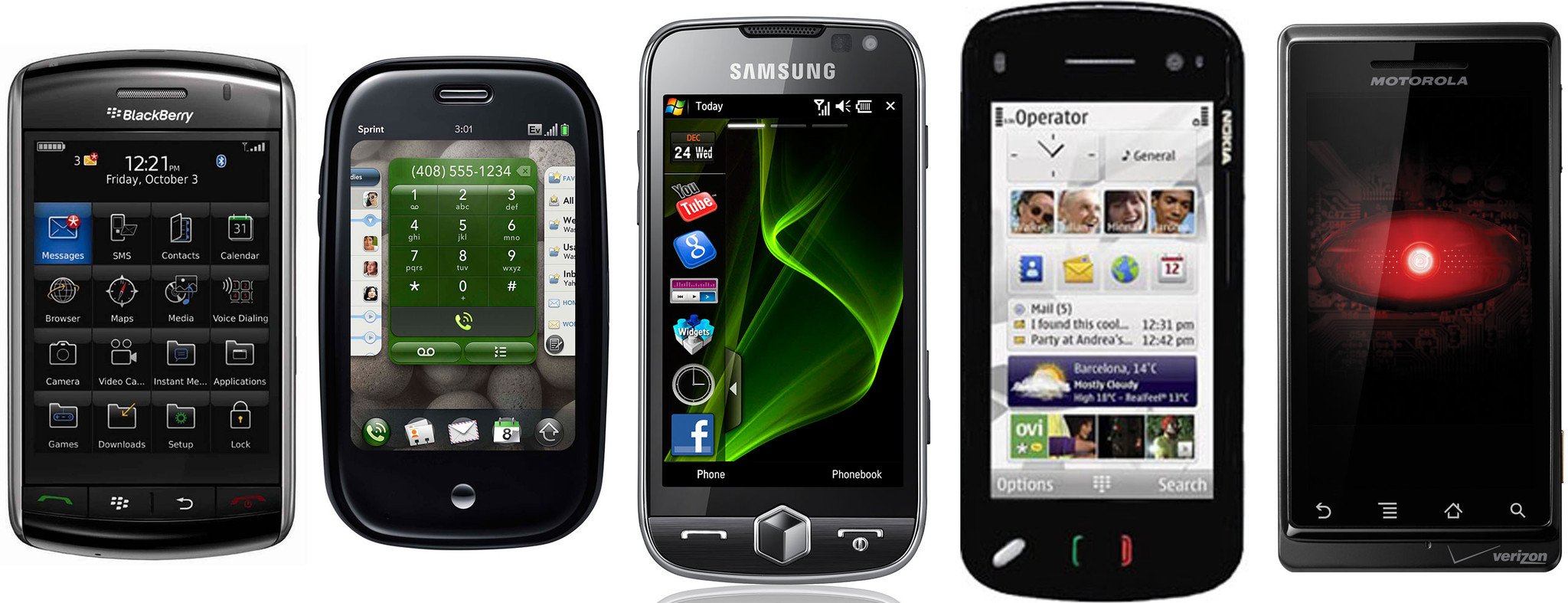
Roger McNamee, one of Palm's principle backers through then-owners Elevation Partners, set expectations high:
You know the beautiful thing: June 29, 2009, is the two-year anniversary of the first shipment of the iPhone. Not one of those people will still be using an iPhone a month later.
And:
Our product is just going to run rings around them on the web. If you want to go the web, it's going to be a million time faster, well, not a million times, several times faster and that's a huge deal for most people.
Steve Ballmer, then-CEO of Microsoft, painted the best picture for Windows Mobile that he could:
The truth of the matter is all the consumer market mojo is with Apple and to a lesser extent BlackBerry. And yet, the real market momentum with operators and the real market momentum with device manufacturers seems to primarily be with Windows Mobile and Android.
And:
Windows Mobile 6.5 has touch on it. The way Apple does touch drives cost. [The] way they do it on the iPhone is not an inexpensive component. We'll do it in a way that you can afford to do it on most phones.
And, of course:
Let's face it, the Internet was designed for the PC. The Internet is not designed for the iPhone. That's why they've got 75,000 applications — they're all trying to make the Internet look decent on the iPhone.
Mike Lazaridis, then co-CEO of RIM (BlackBerry) saw how the BlackBerry Storm failed to catch on with Verizon customers, but used it as an excuse to double-down on keyboards:
We're finding — if you look at the surveys, you can see that large amount of the customers that have purchased touchscreen devices in last two years, they intend to get a device with the QWERTY keyboard on it now, right. I mean, they've got into a point where they've realize that a touchscreen alone is not enough; so that's important.That's our first touch product, and you know nobody gets it perfect out the door. You know other companies were having problems with their first releases.
Google's Eric Schmidt, meanwhile, was forced to resign from Apple's board of directors. From Apple:
Eric has been an excellent Board member for Apple, investing his valuable time, talent, passion and wisdom to help make Apple successful. Unfortunately, as Google enters more of Apple's core businesses, with Android and now Chrome OS, Eric's effectiveness as an Apple Board member will be significantly diminished, since he will have to recuse himself from even larger portions of our meetings due to potential conflicts of interest. Therefore, we have mutually decided that now is the right time for Eric to resign his position on Apple's Board.
Behind the scenes, Jobs was far less cordial:
We did not enter the search business, Jobs said. They entered the phone business. Make no mistake they want to kill the iPhone. We won't let them, he says. Someone else asks something on a different topic, but there's no getting Jobs off this rant. I want to go back to that other question first and say one more thing, he says. This don't be evil mantra: "It's bullshit."
Verizon, still lacking the iPhone, hurting from the Storm's failure in the market, and spurning the Palm Pre, went all in on Android. Licensed from Lucasfilm by Verizon itself, they launched Droid, a new line of Android phones that finally made the world stand up and take notice.
Three years later
By June of 2010 the iPhone 3G was being cleared out, the iPhone 3GS had outsold all previous iPhones combined, and what's more, it had been joined by another iOS device — the iPad. Yet the hardware was ripe for innovation, and we'd see it sooner than even Apple intended...

Rene Ritchie is one of the most respected Apple analysts in the business, reaching a combined audience of over 40 million readers a month. His YouTube channel, Vector, has over 90 thousand subscribers and 14 million views and his podcasts, including Debug, have been downloaded over 20 million times. He also regularly co-hosts MacBreak Weekly for the TWiT network and co-hosted CES Live! and Talk Mobile. Based in Montreal, Rene is a former director of product marketing, web developer, and graphic designer. He's authored several books and appeared on numerous television and radio segments to discuss Apple and the technology industry. When not working, he likes to cook, grapple, and spend time with his friends and family.
